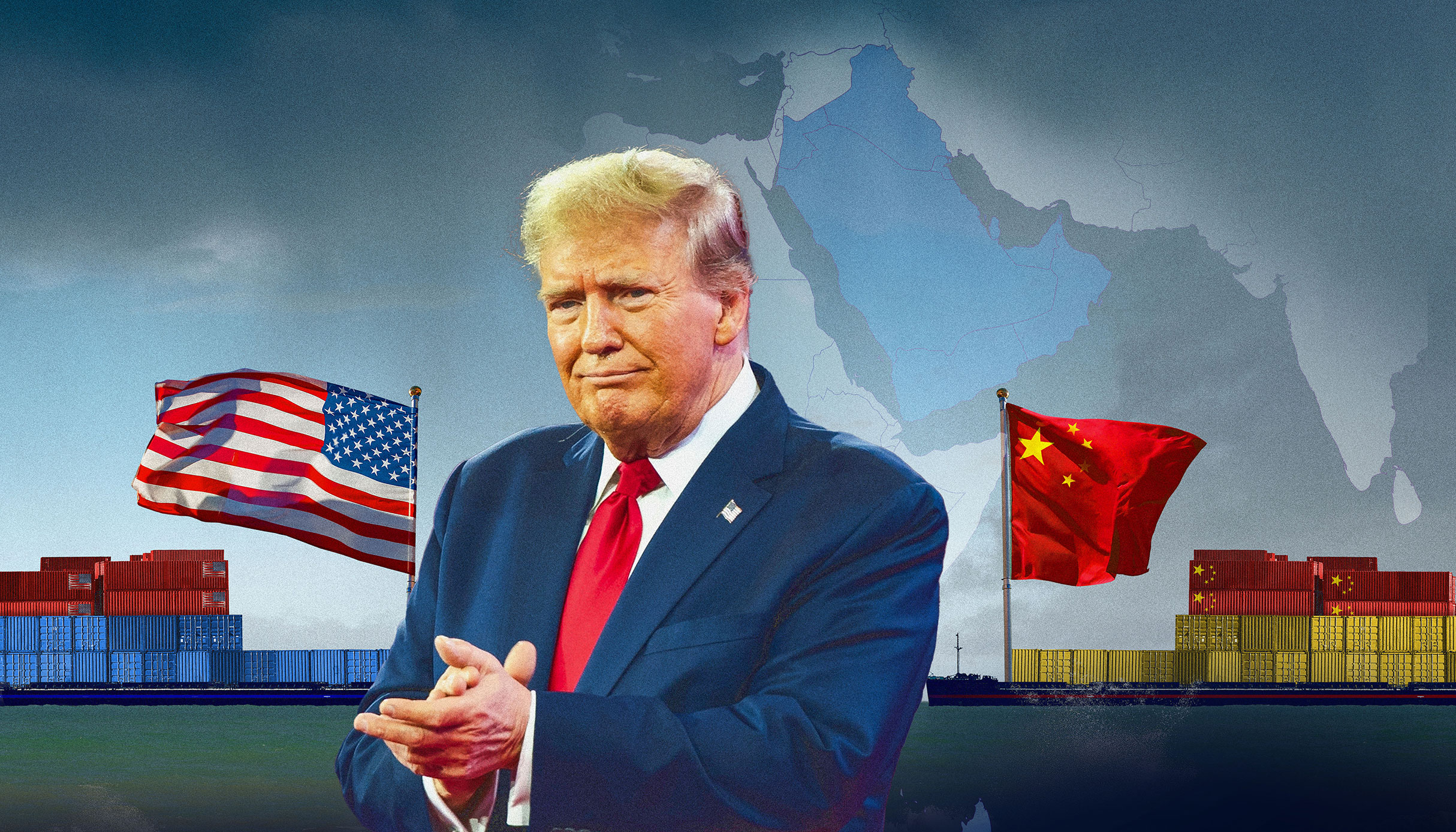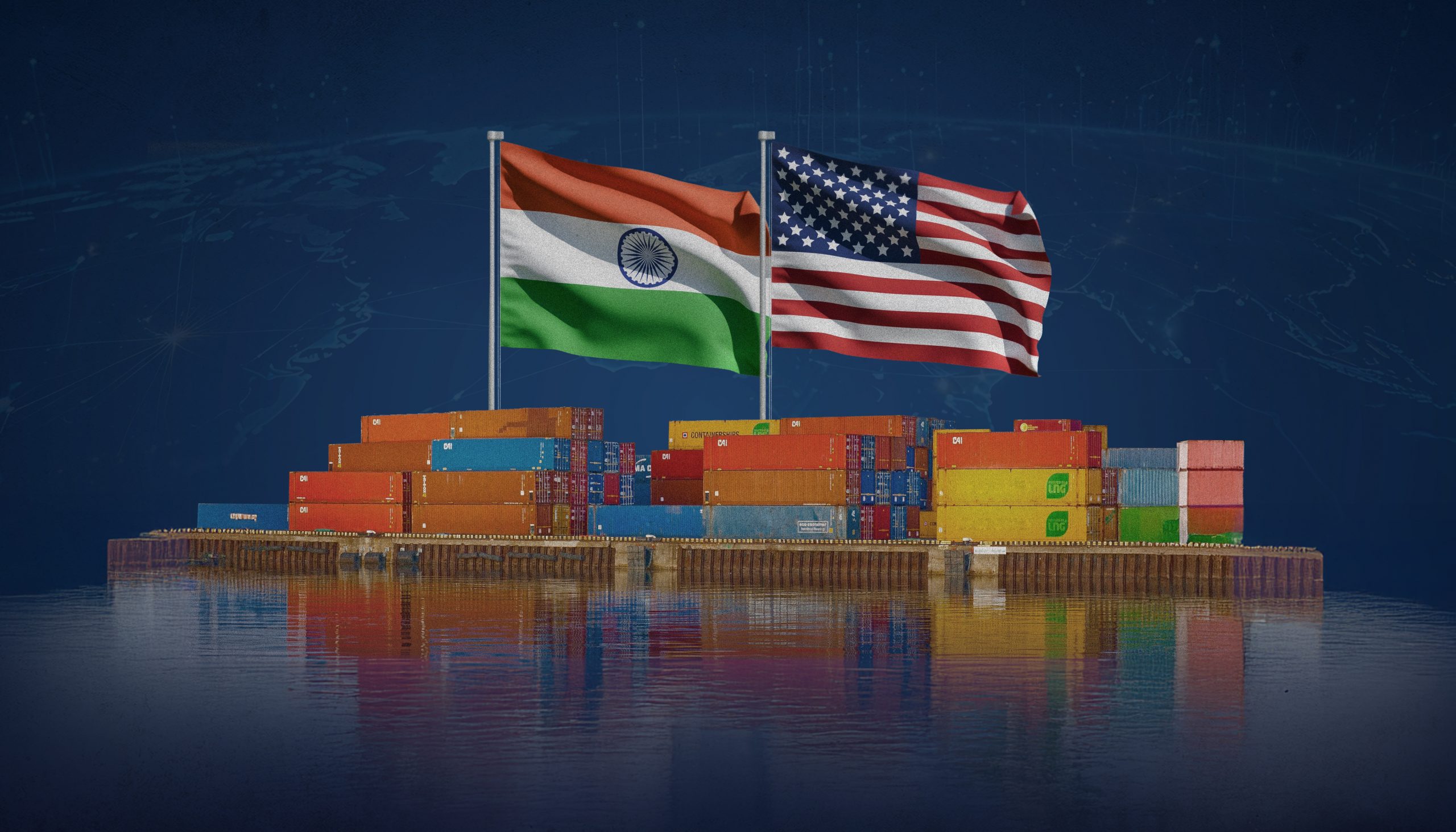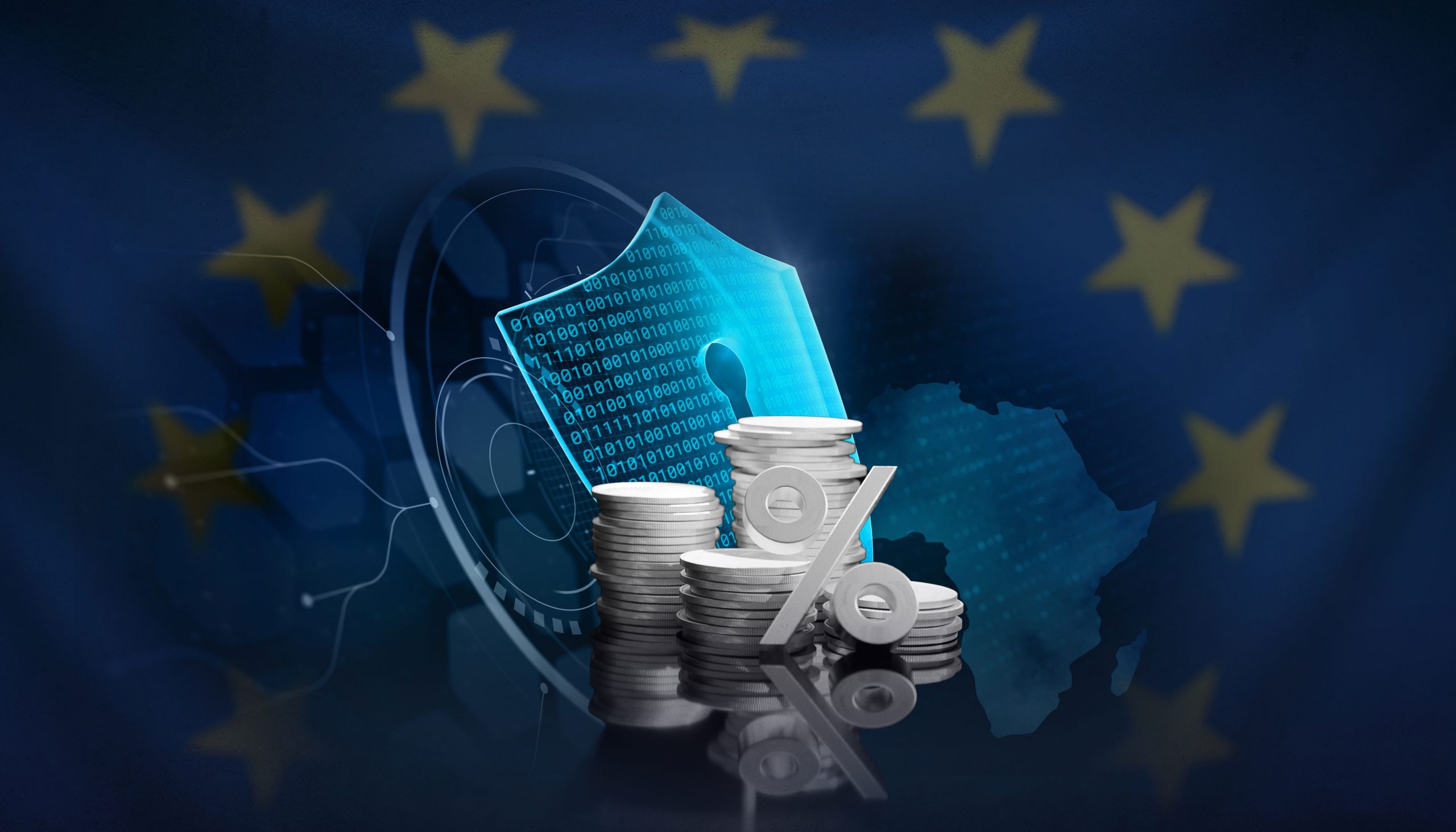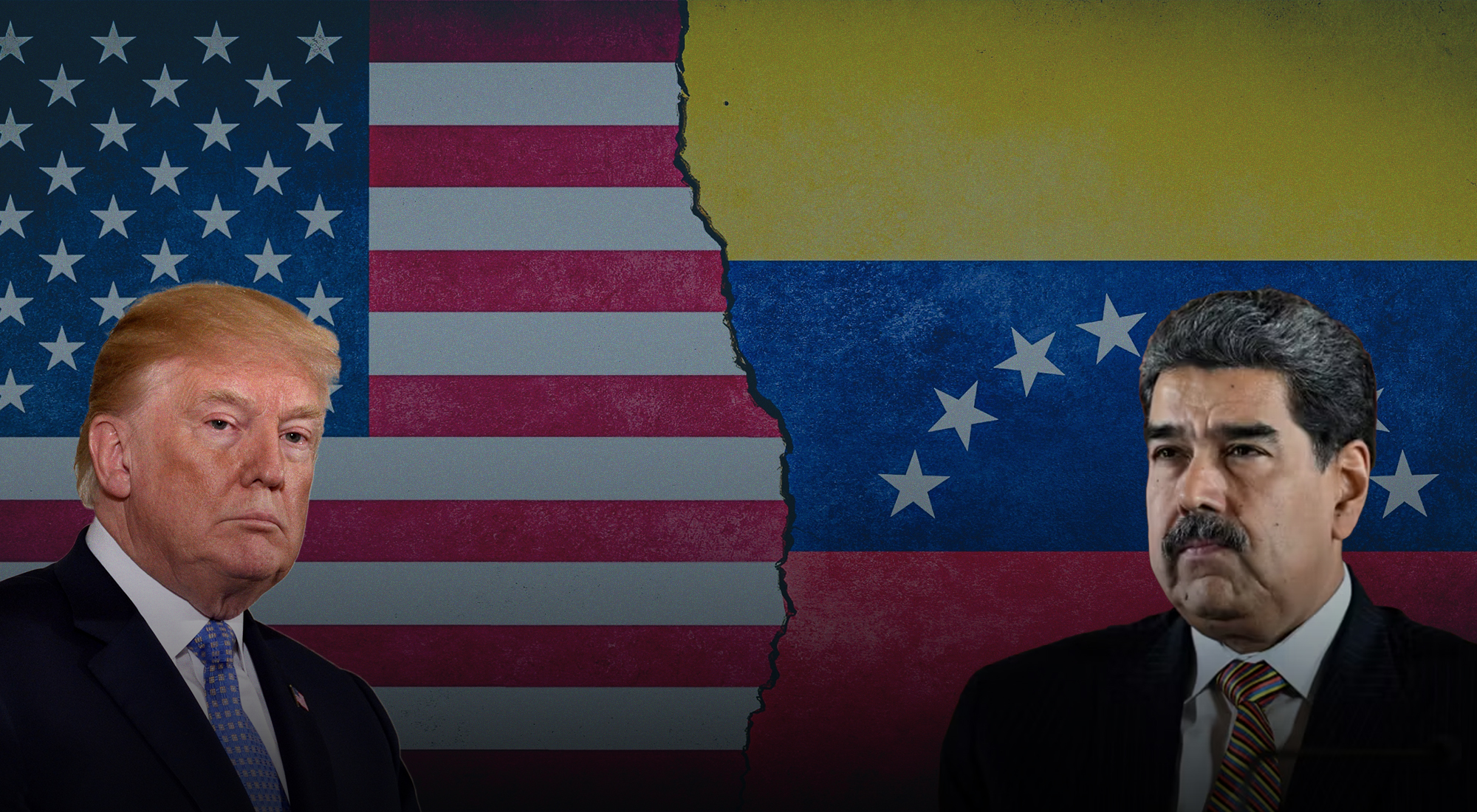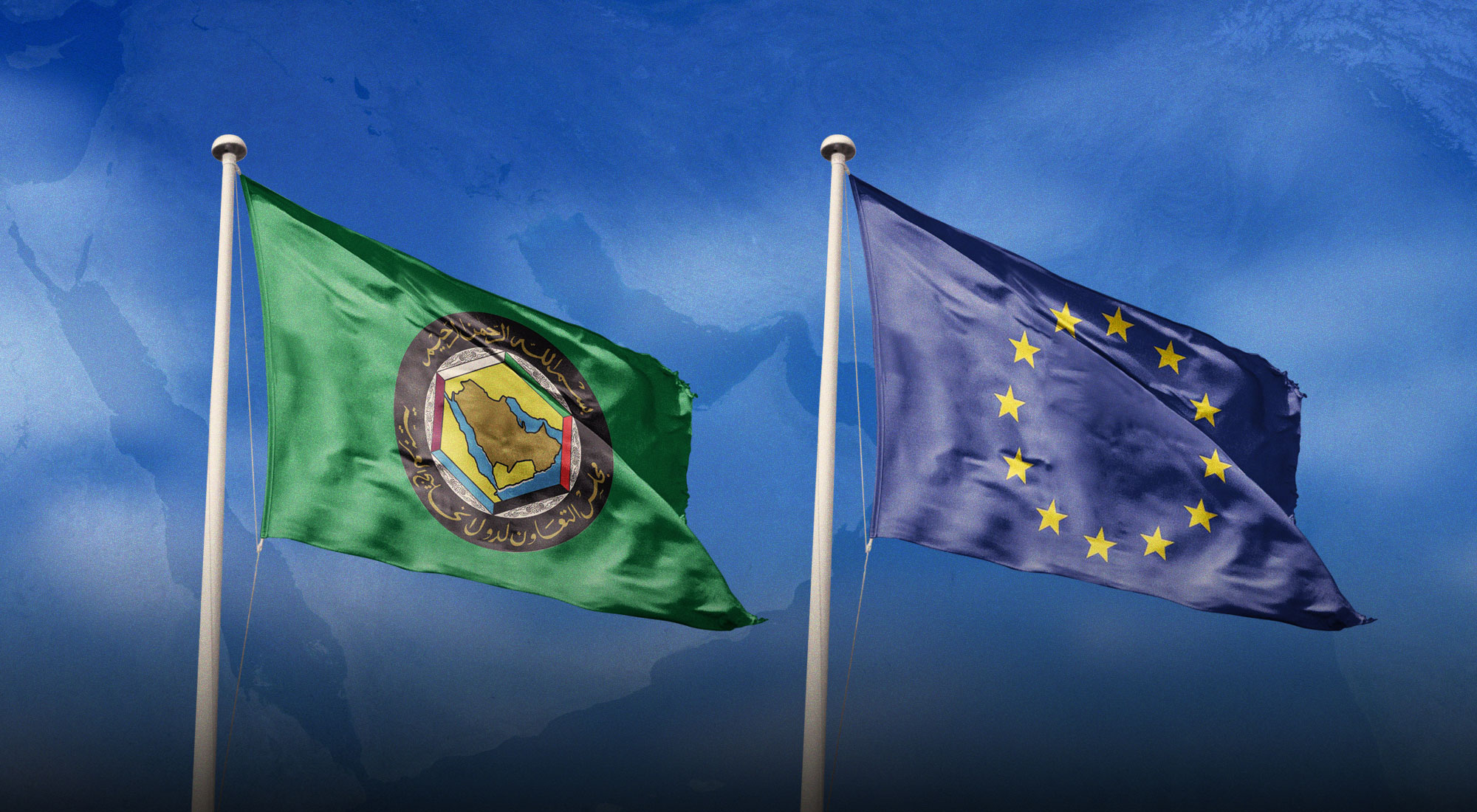President Donald Trump’s 2025 Gulf tour marked a significant departure from the United States’ customary approach to diplomacy in the Middle East. The tour was promoted as a strategy to boost the economy and create jobs, but it also aimed to strengthen U.S. influence in a region that is becoming more involved with China. Starting in Saudi Arabia and moving to Qatar and the UAE, Trump’s three-day trip covered important agreements in defense, artificial intelligence, aviation, and energy.
This was not just a symbolic first trip of his second term; rather, it was a deliberate break from the norm of visiting Europe or Canada first. By picking the Gulf as the starting point for his foreign plans, Trump made it clear where he sees economic strength and significant partnerships going.[1] The timing and place made the deals more important, showing that the Gulf is not just a quiet supporter anymore but a growing partner in influencing global relationships.
The Gulf region is important not only because of its large oil reserves and wealth but also for its growing role in digital transformation, AI development, and working together on technology. The Gulf is an important area in the increasing competition between the U.S. and China for global power.[2] Trump focused on utilizing economic benefits instead of standard security agreements, trying to position the United States as a partner for investment and new ideas. This analysis looks at how the Gulf tour focused more on demonstrating power through trade rather than just making deals.
The tour was more than just important business deals; it showed a smart move by the U.S. to become a key player in the economic and tech future of the Middle East.
Reframing Business Diplomacy: The Gulf Tour as Strategic Positioning
Trump’s meetings in the Gulf focused on big investments in AI, defense, and energy. This shows a change in U.S. policy from putting security first to working more on economic partnerships. In Saudi Arabia, Trump shared big news about a $600 billion investment deal. This deal will help fund American data centers and AI projects by working with companies like Nvidia and Amazon.[3] This investment helped the tech scene in Saudi Arabia and made the Kingdom a center for powerful computing.[4]
The tour demonstrated how countries’ views about regional security have changed. Trump said that some U.S. sanctions on Syria will be lifted, suggesting that working together economically could help bring stability.[5] This action fits with a bigger idea that wealth can bring peace—a shift from using force to focusing on “economic diplomacy.”[6] Also, Trump’s choice to leave out Israel from this visit—a country he valued during his first term—showed a shift in what he cares about in the region, putting more emphasis on practical benefits rather than on shared beliefs.[7]
The last stop in the UAE highlighted AI infrastructure by unveiling a 5-gigawatt AI campus.[8] This partnership showed that the U.S. was not only vying for military superiority but also trying to take the lead in new technologies, strengthening its role in the Gulf’s digital goals.
China’s Expanding Economic and Strategic Influence in the Gulf
China has quietly established itself in the area via a long-term, consistent approach, whereas the United States promotes an investment-led diplomacy agenda. China’s Belt and Road Initiative (BRI) has already built logistical networks and infrastructure across the Gulf, and it is now investing in data, energy, and artificial intelligence.[9] China’s strong congruence with Vision 2030 has allowed for a special convergence of Riyadh’s national aims and Beijing’s global objectives in Saudi Arabia.[10]
The pledge of non-interference is China’s soft power, which makes it more appealing than the U.S. Gulf nations appreciate China’s non-interventionist approach to diplomacy, particularly in contrast to American conditionality.[11] The Gulf nations were still subject to erratic changes in U.S. policy, even if the conditionality was more transactional under Trump. China, however, provided infrastructure that was pragmatic, consistent and free from criticism.
For instance, Chinese companies have inked significant agreements in the area related to AI and energy, such as 5G infrastructure and green hydrogen projects.[12] The purpose of these investments is to increase influence through presence and competence, not just to make money. China’s power to influence digital standards is growing as it expands its presence in cloud services and data centers in the Gulf, subtly undermining American tech dominance.
Mapping the Deals: Strategic Significance Behind the Headlines
At first glance, the tour appears to be a series of headline-grabbing business deals. But a closer look reveals strategic planning beneath each announcement. In Qatar, Trump secured a $96 billion Boeing deal with Qatar Airways, projected to support over one million U.S. jobs during its production cycle.[13] This massive aerospace commitment wasn’t just economic; it reinforced Qatar’s continued alignment with U.S. defense and aviation infrastructure.
The UAE committed over $200 billion in new commercial deals, including AI and cloud partnerships that allowed American firms to operate data centers within the region.[14] Crucially, the UAE also agreed to support similar infrastructure inside the U.S., deepening economic interdependence. Saudi Arabia’s pledges included $142 billion in defense sales, covering everything from missile systems to military training, along with $80 billion in tech partnerships with U.S. firms.[15]
| Aspect | United States | China | |
| 1 | Approach | Diplomacy based on transactions and deals (like Trump’s 2025 Gulf Tour) | Long-term business ties with less political stress |
| 2 | Economic Focus | Large-scale investment deals, manufacturing, AI data centers | Big financial deals, making things, and AI data centers |
| 3 | Technology | Teams up with Gulf companies (like G42 and Nvidia) to build AI and cloud infrastructure | Putting money into 5G, smart city projects, and digital infrastructure |
| 4 | Diplomatic Style | Engaging in a way that is dependent on U.S. security and political goals | Policy of not getting involved; respects the authority of Gulf states |
| 5 | Defense & Style | Major arms sales and defense cooperation (e.g., $142B Saudi deal) | Focusing on key ports and economic impact, there is a little military presence |
| 6 | Alignment with Gulf | Advocates for Gulf modernization, but with strategic and political objectives in mind | Strong alignment with Gulf economic visions like Saudi Vision 2030 |
| 7 | Soft Power Strategy | Concentrates on the visibility of agreements, sanctions relief, and economic pressure | Uses non-interference and mutual development as key diplomatic tools |
Each of these deals served a dual purpose: they created economic gain for the U.S., and they bound the Gulf states to American standards, suppliers, and infrastructure, reaffirming U.S. relevance in a multipolar competition.
Navigating the Strategic Tightrope: Gulf Agency and Regional Calculations
The Gulf countries are not merely observing the competition between China and the U.S. They are becoming more aware of their power and are making decisions that enhance their independence. Gulf countries such as the UAE, Qatar, and Saudi Arabia are not picking sides. Instead, they are working with both powers to help their own goals at home.
For instance, Saudi Arabia is strengthening its defense relationship with the U.S. while still working on oil projects with China. The UAE is establishing AI campuses with help from the U.S. while also allowing Chinese companies to operate in its logistics areas.[16] This two-pronged strategy reduces reliance on a single source while maintaining the safety of Gulf countries.
But this balancing act is not without its challenges. Working with both American and Chinese digital systems brings security and regulatory challenges. The Gulf countries are feeling more pressure to choose sides as tensions in the world grow. Working together in the region on data rules, AI fairness, and adapting technology could help solve the problem. Efforts led by Gulf countries to create common digital rules or set up shared cloud policies could be strong ways to keep control.[17]
Also, looking at the U.S.-supported India-Middle East-Europe Economic Corridor (IMEC) and China’s Belt and Road Initiative (BRI) shows how important this region is becoming in world trade. The Gulf states are in a key position between these two ideas, and what they choose will influence how people connect, how data moves, and where money is invested for many years to come.[18]
Conclusion: Gulf Countries in a Multipolar World
President Trump’s 2025 Gulf tour, which seemed like a business trip, was actually a planned strategy. The United States has shown its commitment to being an important partner in a region that is becoming more attracted to China’s economic deals and its approach of not interfering in other countries’ affairs by making significant defense and technology agreements. This paper shows that the Gulf is not just responding to what powerful countries want; it is now helping to influence those agendas.
The competition between the U.S. and China has given the Gulf more power and influence. The Gulf states now have more power to negotiate because of their wealth, energy resources, and fast-growing digital infrastructure, which they didn’t have in the past. For lasting stability and impact, Gulf states must work together in addition to striking a balance between Washington and Beijing.
It would be crucial to work together on economic issues in the Gulf, especially those pertaining to trade rules, local technology use, and managing digital systems, in order to determine how foreign countries interact with the regional states.[19] Without unity, the region could become a divided place where different groups pursue their own interests. The Gulf can take the lead in making rules instead of just following them in the changing global scenario.
Future U.S. success will rely not just on military strength or big money deals, but on the ability to create steady, long-term partnerships that can compete with China’s way of doing things.[20] At the moment, the Gulf seems set on forging its own path, working with both powers, reaping benefits from each, and deciding its role.
[1] “Trump’s Middle East Trip Leaves Netanyahu Watching From the Sidelines Again,” CNN, May 12, 2025.
[2] Council on Foreign Relations, “Trump’s AI Gamble in the Gulf Reshapes U.S. Tech Strategy,” June 20, 2025.
[3] “Trump Announces $200 Billion in Deals During UAE Visit,” Reuters, May 16, 2025.
[4] Daniella Cheslow, “Trump’s Saudi Trip Turns into an AI Lovefest,” POLITICO, May 13, 2025.
[5] “Trump to Remove US Sanctions on Syria in Major Policy Shift,” Reuters, May 14, 2025.
[6] Ibid.
[7] “Trump’s Middle East Trip Leaves Netanyahu Watching From the Sidelines Again.”
[8] U.S. Department of Commerce, “UAE and US Presidents Attend AI Campus Launch,” May 15, 2025.
[9] Council on Foreign Relations, “China in the Middle East,” November 2024.
[10] Hesham Alghannam, “How China Aligned Itself with Saudi Arabia’s Vision 2030,” Carnegie, January 2025.
[11] “China’s Middle East Playbook,” Foreign Policy, March 2023.
[12] “China’s Footprint in the Gulf Grows,” South China Morning Post, 2024.
[13] “Qatar Signs $96 Billion Deal with Boeing,” Reuters, May 14, 2025.
[14] “Trump Announces $200 Billion in Deals During UAE Visit.”
[15] The White House, “Fact Sheet: President Trump Secures $600 Billion Saudi Investment,” May 13, 2025.
[16] “U.S.–China Relations in the Trump 2.0 Era,” China Briefing, June 2025.
[17] “How China is Challenging U.S. Dominance in the Middle East,” Brookings Institution, 2024.
[18] “What Is IMEC?” The Diplomat, September 2023; “China’s BRI: A View from the Gulf,” Foreign Affairs, December 2024.
[19] Hesham Alghannam, “How China Aligned Itself with Saudi Arabia’s Vision 2030.”
[20] Council on Foreign Relations, “Trump’s AI Gamble in the Gulf Reshapes U.S. Tech Strategy.”



